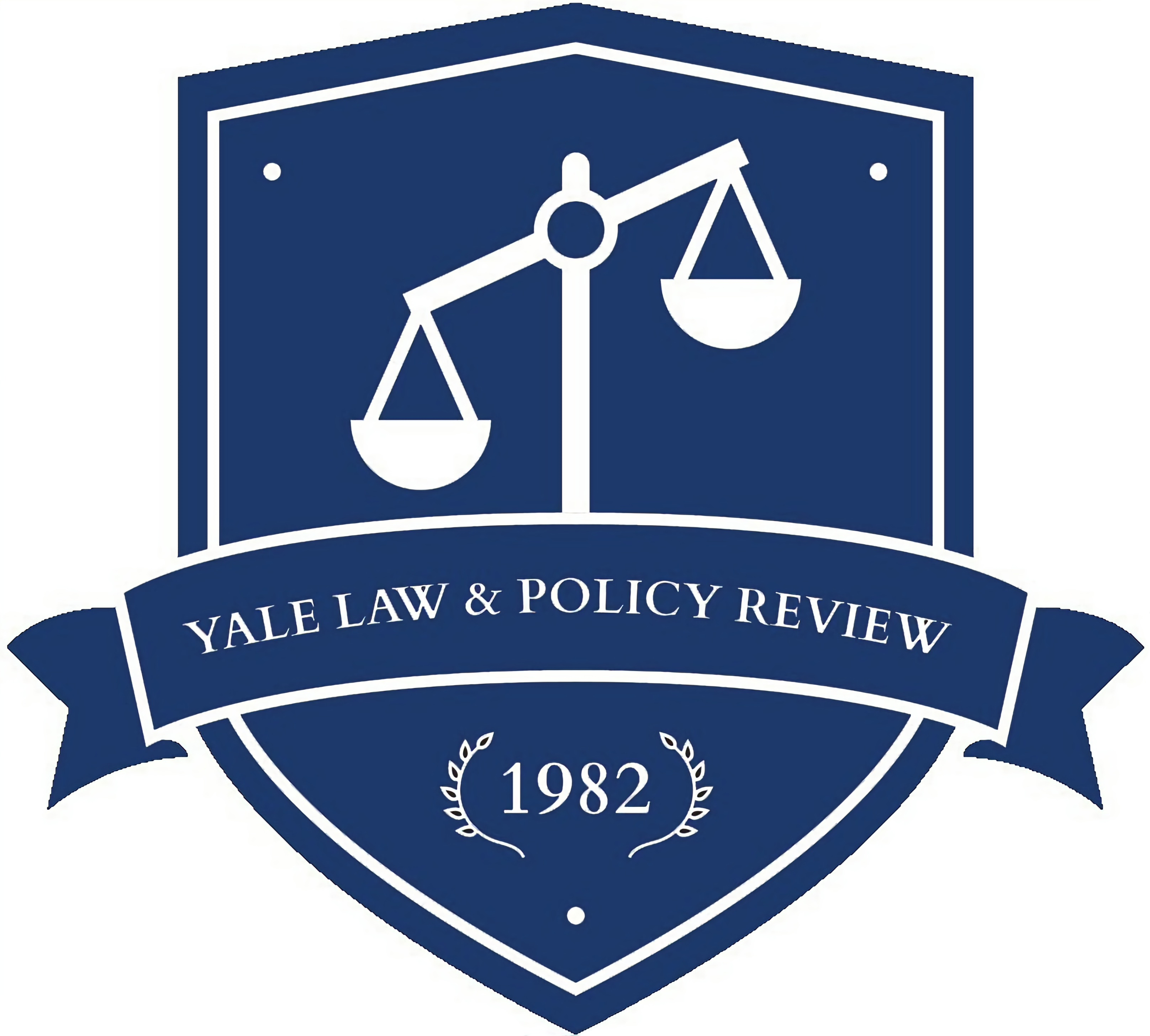Volume 43, Issue 2 (Spring 2025)
By Laura N. Coordes*
The Bankruptcy Code draws a firm line between “municipalities” and other entities. In reality, numerous entities exist that could be categorized somewhere between a purely public municipality and a private entity. This incongruence between theory and practice creates two primary sets of problems. First, when a “blended entity” seeks to file for bankruptcy, the relief it receives from the bankruptcy system, if any, may be practically inappropriate or constitutionally suspect. Second, blended entities’ use of the bankruptcy system creates uncertainty, which parties and courts can capitalize on to exploit gaps in the law.
This Article is the first to take an in-depth look at blended entities and the problems that ensue when they attempt to use a bankruptcy system that does not contemplate their existence. In doing so, it contributes to the larger debate about the usefulness of the current Bankruptcy Code in light of manipulation of the bankruptcy laws, and it exposes a core weakness arising from the Code’s inability to recognize the blended nature of many of the entities that form the backbone of the U.S. economy and provide services the public has come to rely on in everyday life.
*Professor of Law, Arizona State University Sandra Day O’Connor College of Law. For helpful comments and discussions, I thank all the participants at the State and Local Government Law Works in Progress Workshop, especially Richard Briffault, Kaitlin Caruso, Nestor Davidson, Andrew Elmore, David Schleicher, Rich Schragger, and Nadav Shoked. I am also indebted to ASU colleagues past and present, especially Victoria Sahani and Justin Weinstein-Tull, and to all participants at the University of Arizona Faculty Workshop.
